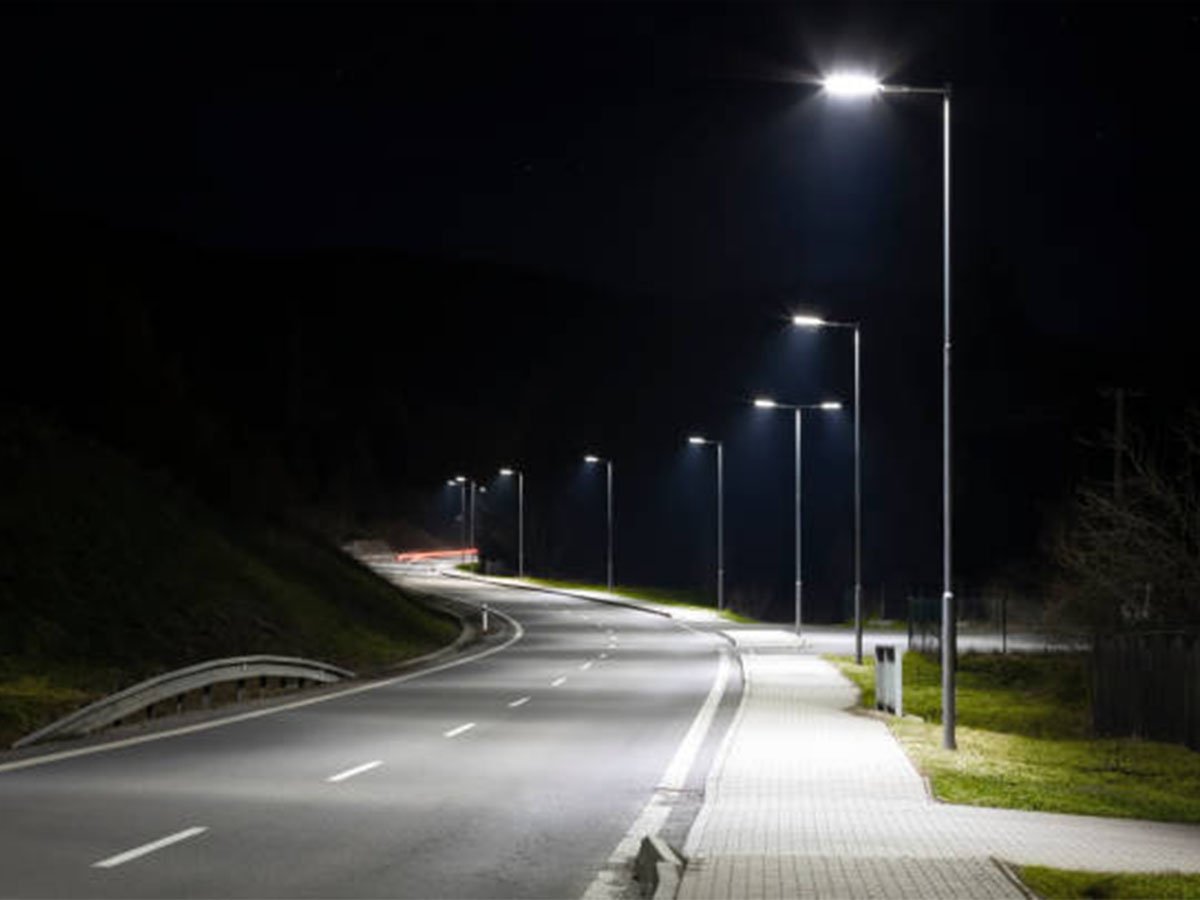The History of Plug Connectors
Plug connectors, also known as electrical connectors, have been a crucial component in our daily lives for many decades. These simple yet essential devices allow us to connect and disconnect electrical circuits quickly and conveniently. Over the years, plug connectors have evolved significantly, adapting to the ever-changing technological landscape and meeting the growing demands of various industries.
The Early Days: Simple and Functional
In the early days of plug connectors, simplicity and functionality were the primary focus. These connectors were designed to provide a secure and reliable connection between electrical devices. They were typically made of metal and featured a male and female component that could be easily joined together. While these early plug connectors served their purpose, they lacked the sophistication and versatility we see today.
Advancements in Design and Materials
As technology advanced, so did the design and materials used in plug connectors. Manufacturers began incorporating innovative features such as locking mechanisms to ensure a more secure connection. Additionally, the introduction of new materials like plastic and rubber provided better insulation and increased durability. These advancements made plug connectors more reliable and suitable for a wide range of applications.
The Rise of Miniature Plug Connectors
With the miniaturization of electronic devices, the demand for smaller and more compact plug connectors grew. This led to the development of miniature plug connectors that could handle high-speed data transmission while occupying minimal space. These connectors revolutionized industries such as telecommunications, consumer electronics, and medical devices, where size and performance were critical factors.
Waterproof and Dustproof Connectors
As technology became more integrated into our lives, the need for plug connectors that could withstand harsh environments became evident. Waterproof and dustproof connectors were developed to ensure reliable connections in outdoor settings, industrial applications, and even underwater. These connectors are often used in marine equipment, automotive systems, and outdoor lighting, providing peace of mind in challenging conditions.
Wireless Plug Connectors
As we continue to move towards a wireless society, plug connectors have also evolved to meet this demand. Wireless plug connectors, also known as wireless charging pads, allow for the convenient charging of devices without the need for physical connections. This technology has gained popularity in the consumer electronics industry, with smartphones and wearable devices supporting wireless charging.
The Integration of Smart Features
With the rise of the Internet of Things (IoT), plug connectors have adapted to incorporate smart features. These connectors can now communicate with other devices, monitor power consumption, and even provide real-time data. This integration of smart features opens up new possibilities for energy management, automation, and remote control in various industries.
Eco-Friendly Plug Connectors
In recent years, there has been a growing emphasis on sustainability and environmental consciousness. Plug connectors have followed suit, with manufacturers focusing on developing eco-friendly options. These connectors are designed to minimize energy loss, reduce carbon footprint, and promote energy efficiency. Eco-friendly plug connectors play a vital role in achieving a greener future.
Standardization and Compatibility
With the wide variety of plug connectors available in the market, standardization and compatibility have become essential factors. International organizations and industry associations work together to establish standard specifications, ensuring that plug connectors from different manufacturers can be easily interchanged. This standardization promotes convenience, reduces costs, and enhances the overall user experience.
The Future of Plug Connectors
As technology continues to advance at a rapid pace, the future of plug connectors looks promising. We can expect to see further miniaturization, increased data transmission speeds, enhanced durability, and improved energy efficiency. Additionally, the integration of artificial intelligence and advanced materials may open up new possibilities for plug connectors in various industries.

